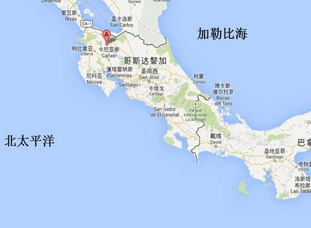tel:027-87580888
phone:18971233215
fax:027-87580883
email:didareneng@163.com
address: Inside the China University of Geosciences, 388 Lumo Road, Hongshan District, Wuhan (Wuhan)
 industry news
industry news Numerical investigation on heat extraction performance of an
Autors:Man Huang, Yuyong Jiao. et al.
Abstract: A novel supercritical N2O enhanced geothermal system (EGS) is proposed to extract heat from hot dry rock (HDR) in this study. Single phase supercritical N2O is utilized as the working fluid. It has physical properties similar to CO2 and is a typical greenhouse gas, but performs better in viscosity for subsurface heat extraction. The typical doublet layout with an artificial fracture is used. A 3D unsteady-state fluid flow and heat transfer model is established to investigate the heat extraction performance of the N2O-EGS. The effects of key factors on the N2O-EGS performance are studied. The performances of N2O, CO2, and H2O EGS are compared. The results indicate that there exit optimal injection mass flow rate and well spacing to achieve both high and stable output thermal capacity and long enough service-time. Under the conditions, the optimal injection rate and well spacing are approximately 70 kg/s and 400 m, respectively. The low production pressure, high initial reservoir temperature and pressure were beneficial to improve the heat extraction performance of N2O-EGS, while the effect of well diameter on N2O-EGS performance is negligible. Further, N2O-EGS is superior and more stable than H2OEGS in most aspects, and it has similar performance features to CO2-EGS, but performs better in production pressure difference and output thermal capacity. For instance, N2O-EGS has a service-time about 8 years longer than H2O-EGS and a output power approximately 2 MW higher than CO2-EGS. This work offers good guidance for the design and study of N2O-EGS.
来源:Elsevier Ltd,2020.SCI
Schematic of the computational model.










